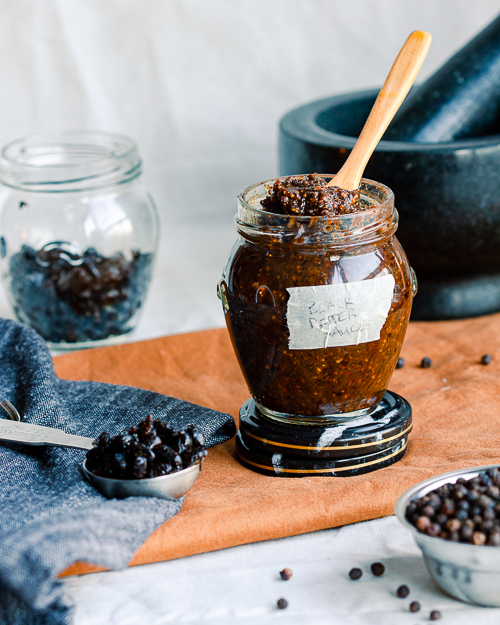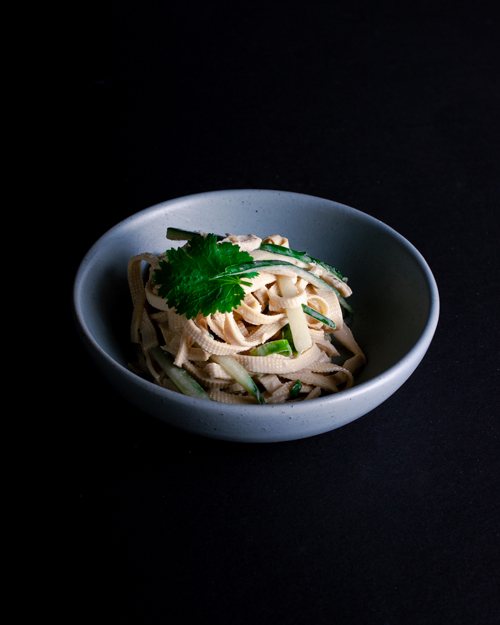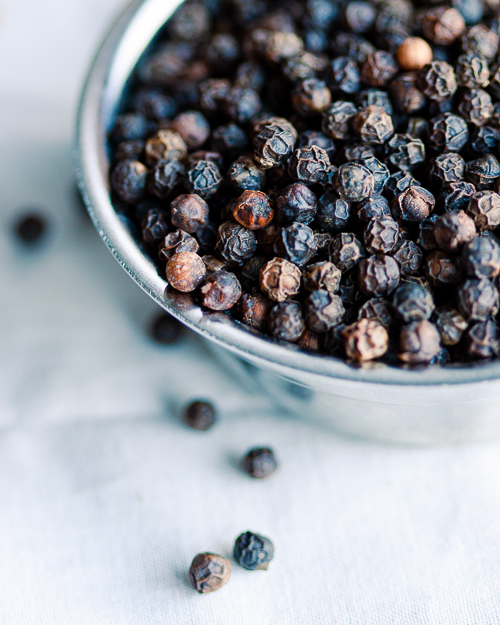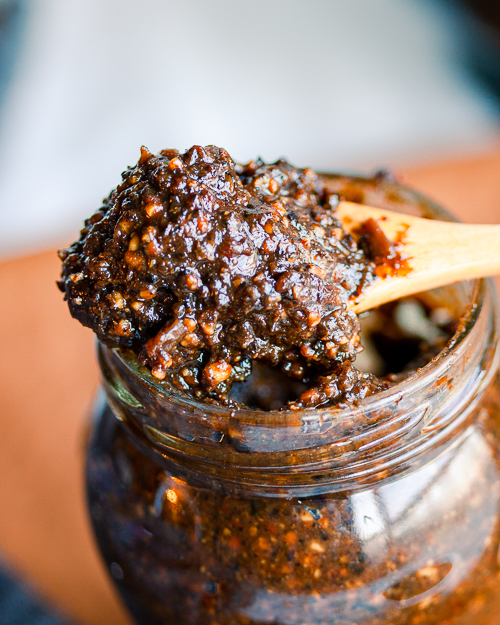Nonetheless, it’s usually an exciting thing because the Sizzling Hot Plate Dish 鐵板餐 often means the food is going to be 香味, which directly translate to fragrant taste. Most of the time, we’d order this type of dish for beef. It could be a steak or some sort of stir-fry with veggies. It’s kinda of like an Eastern take on the fajitas, except the flavours are more complex. The most recognized dish in this category is probably the Black Pepper Beef. Honestly, I have not thought about it soon after learning that I could not have most Chinese dishes anymore because often the sauces are not gluten-free or wheat-free. That’s changed when Chinese Cooking Demystified did a tutorial on how to make the black pepper sauce from scratch.
It was then I realized that the sauce is actually quite simple to make! The best part was I already have all the ingredients (minus the shallot) in the pantry. Of course, I had to change up the aromatic ingredients since I cannot have garlic. Ideally, I want to use shallots in the recipe, but I think someone at my local grocery store mistakenly ordered a type of garlic that looked like shallots and hence I could not find a single bulb of shallot but half an aisle covered in two types of garlic. I resorted to using onions, which I don’t think it’d make too big of a difference? The end result was very spicy and tasty.






